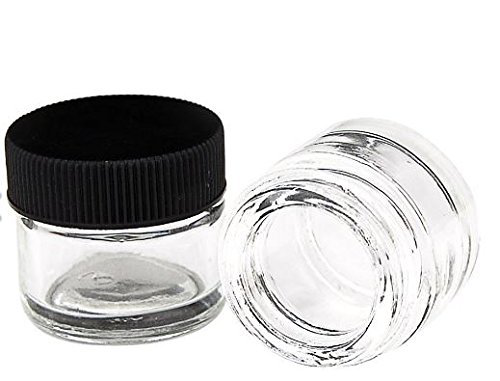The Four Types of Packaging
Businesses that manufacture mass goods can’t conduct their operations without employing good packaging practices. Advancements in material engineering have brought forth a wide range of unique packaging options. Despite these developments, the basic types of packaging remain vital for all product retailing, shipment and delivery tasks.

These primary types of packaging are as follows:
1) Crates and Pallets — The Secondary Packaging
Even though many people don’t consider crates and pallets as a packaging article, they are the first layer of packaging. This external packaging actually ensures the safety of the product and its primary packaging until it is not delivered to the designated location. Crates and pallets keep packages raised off the ground, thus protecting them from dirt, dust, and moisture when they are kept in warehouses or during long-route shipments.
2) Shrink Wraps — Primary and Secondary Packaging
In the last few decades, shrink wraps have become the leading packaging article in the manufacturing industry. They can be used as both primary and secondary packaging. For instance, you can package the content of your product with shrink wrap and you can also use it to bundle an entire product dispatch.
Shrink wraps give good protection against abrasions and punctures. They also entail good impact resistance. Many packaging experts consider them a better secondary packaging choice than corrugated boxes.
3) Vacuum or Preservation Packaging — The Most Critical Type of Primary Packaging
 Vacuum and preservation packaging is the most vital type of primary packaging. A product that needs to be sealed gets vacuum packaging. As the name suggests, this packaging option locks out the oxygen out of the package, thus keeping the enclosed item safe from bacteria exposure and mold/yeast infestation. Vacuum packaging is now used in every industry pertaining to product manufacturing. Vacuum packaging has been used for storing a wide variety of products which include medical products, snacks, and items sensitive to dehydration and oxidization.
Vacuum and preservation packaging is the most vital type of primary packaging. A product that needs to be sealed gets vacuum packaging. As the name suggests, this packaging option locks out the oxygen out of the package, thus keeping the enclosed item safe from bacteria exposure and mold/yeast infestation. Vacuum packaging is now used in every industry pertaining to product manufacturing. Vacuum packaging has been used for storing a wide variety of products which include medical products, snacks, and items sensitive to dehydration and oxidization.

Vacuum packaging is also interchangeably called preservation packaging since its primary purpose is to preserve the enclosed content. Glass jars, aluminum cans along with shrink wraps are extensively used for vacuum or preservation packaging in food, cosmetic and healthcare industry.
Bubble wraps are also considered preservation packaging, but not for edible items. These lightweight packaging primarily provides products impact protection during shipments.
4) Shock Mount Packaging — For Extremely Fragile Products
Shock mount packagings are intended for extremely fragile products. They are specialized boxes with built-in shock absorbers that neutralize any shockwave before it reaches the enclosed product. Shock mount packaging is also manually devised by using corrugated boxes along with thermocol sheets inside. These sheets along with bubble wraps keep the enclosed product static amid shocks and abrupt movement.
Every product demands different packaging, depending on its use and shipment details. Assess the packaging needs of your products and get in touch with Premium Vials. The company offers an entire range of packaging items in different materials and sizes. From glass vial packaging to amber spray bottles, you can find a diverse line of packaging options with Premium Vials.
Recent Posts
-
Why Should You Choose Amber Glass When Packaging Beauty Products?
Designing a line of beauty products is no simple task. So many details go into planning and crafting …7th Jul 2022 -
Candle Supplies - The Benefits of Using Tins for Your Candle Business
Candle business is a fantastic way to turn a hobby into an extra income stream. For those willing an …7th Jul 2022 -
Customize your packaging and protect your products during shipping
Customize your packaging and protect your products during shipping. Our custom partitions are made i …5th Jul 2022



